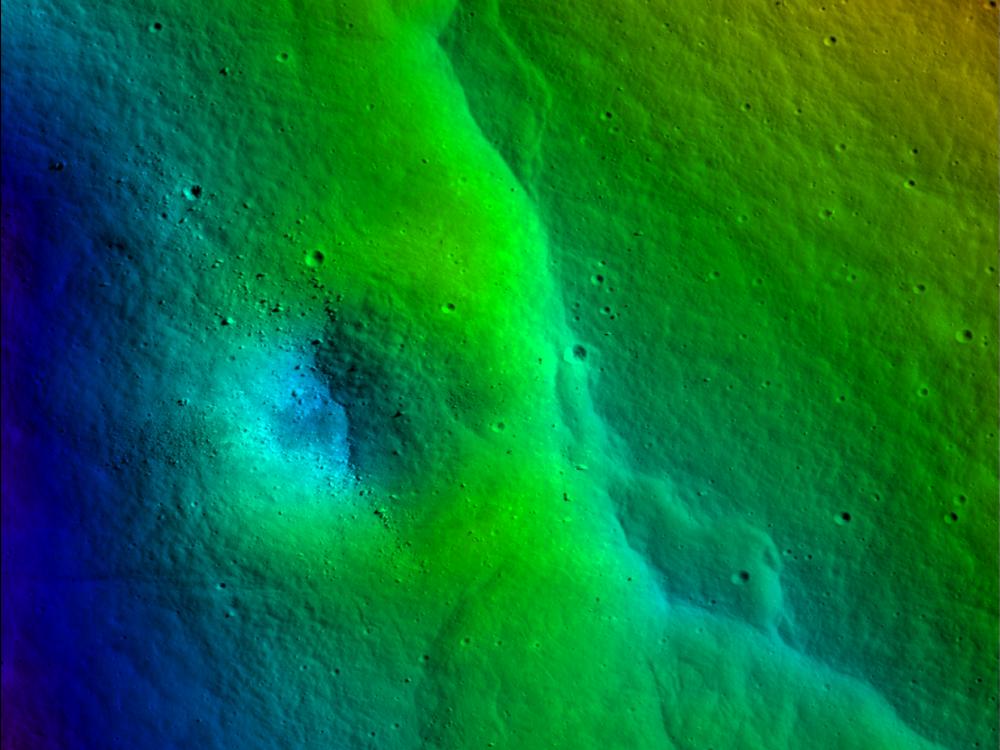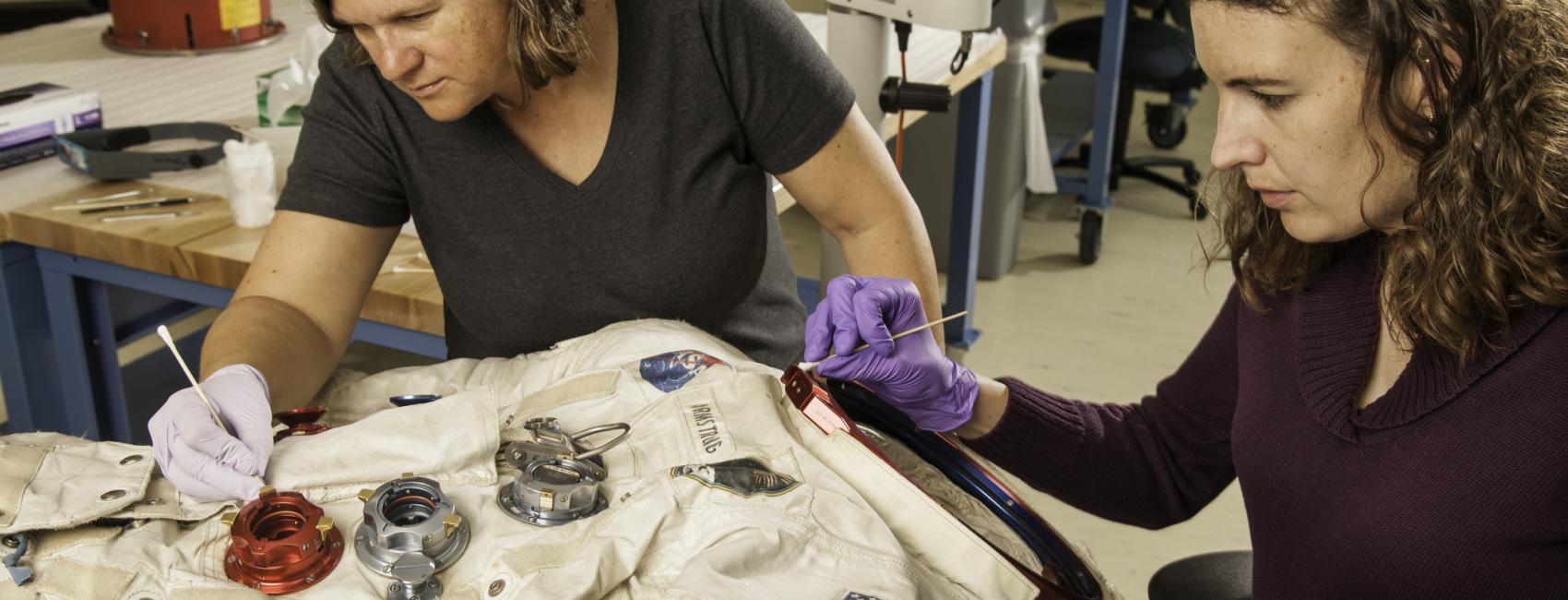
Sep 18, 2015
By Thomas Watters
Planetary science is one of those fields of research where you can always count on being surprised. The remarkable terrain of Pluto and Charon in images being sent back by the New Horizons spacecraft certainly qualifies. One of my all-time big surprises is from a recent discovery on an object much closer to home—the Moon. You might think the Moon has given up all its big secrets by now, after centuries of study by telescope, then robotic orbiters and landers, and ultimately by the Apollo astronauts, but that isn’t the case.
I have the good fortune to be involved in one of the recent missions to the Moon, the Lunar Reconnaissance Orbiter (LRO). LRO was launch in June 2009 and has been returning amazingly detailed images of the Moon ever since. One of my main goals as a member of the Lunar Reconnaissance Orbiter Camera (LROC) team was to look for evidence of small fault scarps, or cliffs. Before LRO’s arrival, only a relatively few of these fault scarps had been discovered in the very limited high resolution Apollo era photographic coverage available. After about a year in orbit and with only about 10% of the surface covered by high resolution LROC Narrow Angle Camera (NAC) images, we reported the discovery of 14 fault scarps widely distributed on the lunar surface. These lobate thrust fault scarps, formed when the lunar crust is pushed together, breaks, and is thrust upward, are evidence that the Moon is shrinking. Now, after more than six years in orbit, the LROC NAC images cover nearly three-quarters of the lunar surface. The first big surprise is how many fault scarps have now been found—over 3,000! In fact, these globally distributed fault scarps have emerged as the most common tectonic landform on the Moon.
The large number of thrust fault scarps is not the only big surprise. We think the fault scarps are formed by cooling of the Moon’s still hot interior. This causes the volume of the interior to decrease and the Moon to shrink. A shrinking Moon should generate a global array of thrust faults scarps with no particular pattern in the orientations of the faults because the contracting forces are equal in all directions. The second big surprise is the fault scarps don’t have random orientations! Something else is influencing their formation and that something else has to be acting globally.
There are other forces acting on the Moon, but they don’t come from the lunar interior; they come from Earth. These are tidal forces. The Moon is tidally locked—this is why we always see the same hemisphere—and is slowly receding from Earth. This slow recession causes stress to build up over time. Just as the Sun and Moon raise tides on Earth, Earth’s gravitational pull causes tides on the Moon. As the Moon orbits the Earth, the lunar crust rises and falls by a small amount generating stresses. These tidal stresses are relatively small compared to the stress from global contraction, and here’s the third big surprise: when we modeled the tidal stresses and superimposed them on stresses from global contraction, the combined stresses predicted an array of faults with orientations in a distinct pattern. That predicted pattern of faults is remarkably similar to the observed fault orientations! In fact, this close relationship between the Earth and the Moon goes back to their origins, but what a surprise to find the Earth is still helping to shape our shrinking Moon.
Interested in reading more? Findings from this research are reported in the paper Global Thrust Faulting on the Moon and the Influence of Tidal Stresses, published in the October issue of the journal Geology. Or simply admire the Moon from afar this Saturday for International Observe the Moon Night.

We rely on the generous support of donors, sponsors, members, and other benefactors to share the history and impact of aviation and spaceflight, educate the public, and inspire future generations. With your help, we can continue to preserve and safeguard the world’s most comprehensive collection of artifacts representing the great achievements of flight and space exploration.
We rely on the generous support of donors, sponsors, members, and other benefactors to share the history and impact of aviation and spaceflight, educate the public, and inspire future generations. With your help, we can continue to preserve and safeguard the world’s most comprehensive collection of artifacts representing the great achievements of flight and space exploration.